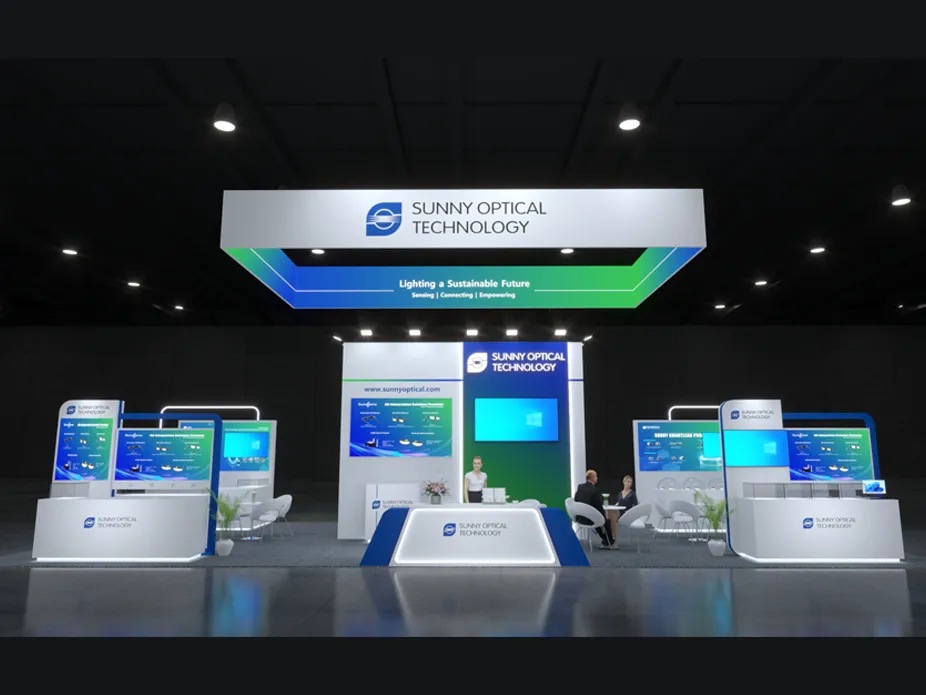The automotive industry has witnessed several technological advancements over the years, and one of the most significant innovations in recent times is the introduction of LiDAR technology. LiDAR stands for Light Detection and Ranging, and it is a remote sensing technology that uses lasers to measure distances and create detailed 3D maps of objects and their surroundings. In the automotive industry, LiDAR technology is primarily used for autonomous vehicles, where it helps in object detection and avoidance. In this article, we will explore the latest trends and developments in automotive LiDAR technology and how it is shaping the future of transportation.
Solid-state LiDAR technology is quickly gaining popularity in the automotive industry due to its compact size, reduced cost, and increased reliability. Unlike traditional mechanical LiDAR systems, which rely on spinning mirrors to scan the environment, solid-state LiDAR systems use a stationary array of lasers to create a high-resolution 3D map of the surroundings. This technology is beneficial in self-driving cars as it provides accurate and real-time data without taking up too much space.
With the increasing demand for LiDAR technology in the automotive industry, the adoption of solid-state LiDAR technology is expected to grow in the coming years.
LiDAR technology is often used in combination with other sensors such as cameras, radar, and ultrasonic sensors to provide a comprehensive view of the vehicle's surroundings. These sensors work together to improve the accuracy and reliability of the data collected, which is essential for autonomous vehicles. For instance, LiDAR sensors provide accurate distance and depth information, while cameras can identify and track objects, and radar sensors can detect the speed and direction of objects.
One of the major challenges with LiDAR technology is its susceptibility to interference from external factors such as weather conditions and other LiDAR sensors. By integrating LiDAR with other sensors, the technology can overcome these challenges and provide more reliable data. This integration is crucial for the development of autonomous vehicles as it helps to ensure the safety and efficiency of the technology.
The future of automotive LiDAR technology is bright, with several advancements expected in the coming years. As the technology continues to evolve, we can expect to see more advanced algorithms, improved sensors, and greater integration with other systems. These advancements will not only improve the performance of autonomous vehicles but also make the technology more accessible and affordable for mainstream use.

【Exhibition Invitation】Visit us at CES 2026!
2025-12-10

Sunny Optical Gets Group LiDAR Standard Approved, Using Innovative Optical Solutions to Unlock Key Step in Mass Production
2025-11-25
![[Exhibition Invitation] Sunny Automotive Optech Invites You to the 26th China International Optoelectronic Exposition (CIOE 2025) [Exhibition Invitation] Sunny Automotive Optech Invites You to the 26th China International Optoelectronic Exposition (CIOE 2025)](/uploads/image/20250908/首图7.webp)
[Exhibition Invitation] Sunny Automotive Optech Invites You to the 26th China International Optoelectronic Exposition (CIOE 2025)
2025-09-08

Inquiry
Excellent Customer Service Ability
Key customer manager mechanism
Oversea supporting points
Excellent Process Control Ability
Fully automated production
DMC traceability management
VDA6.3 / IATF16949 verifications
Excellent R&D Ability
Advanced technology new product development cooperation
Cost-effective optical solution proposal based on customer needs
Ecosystem resource integration